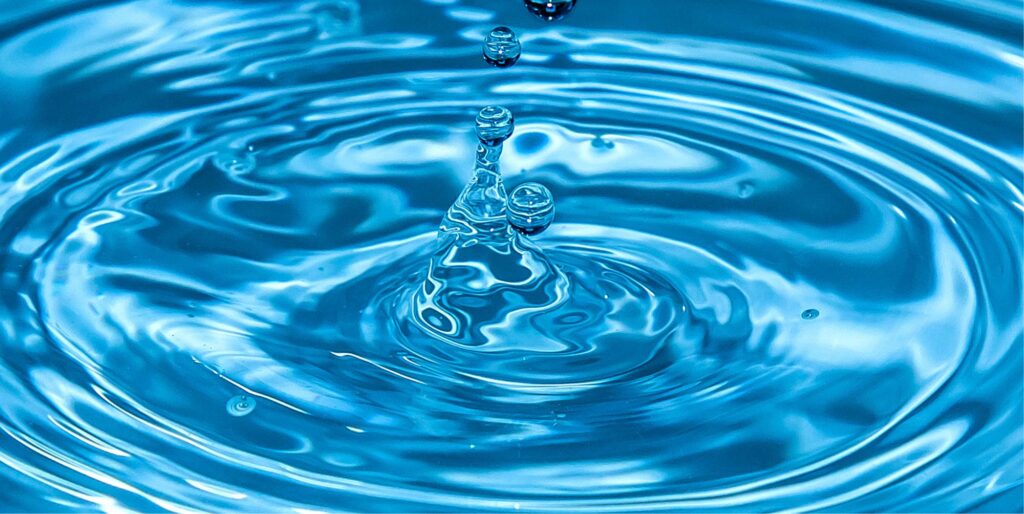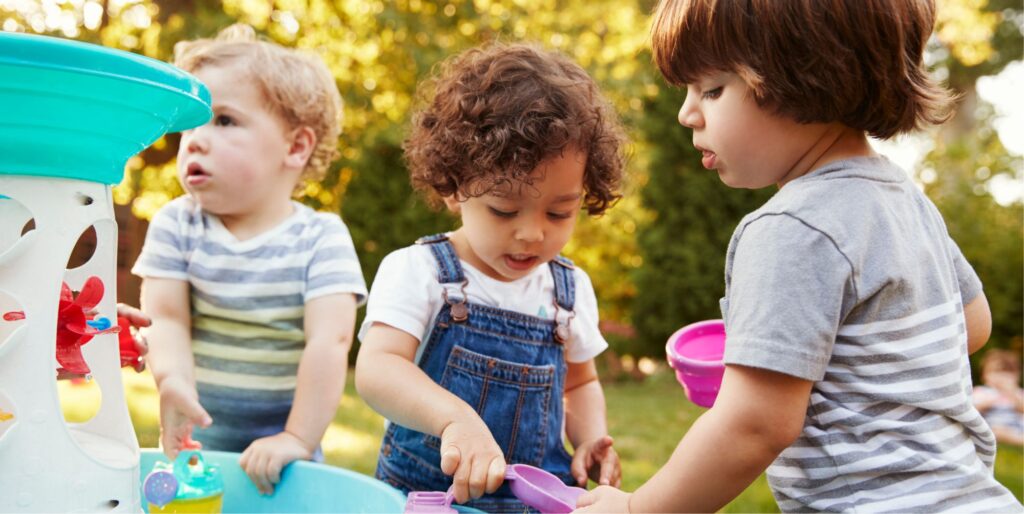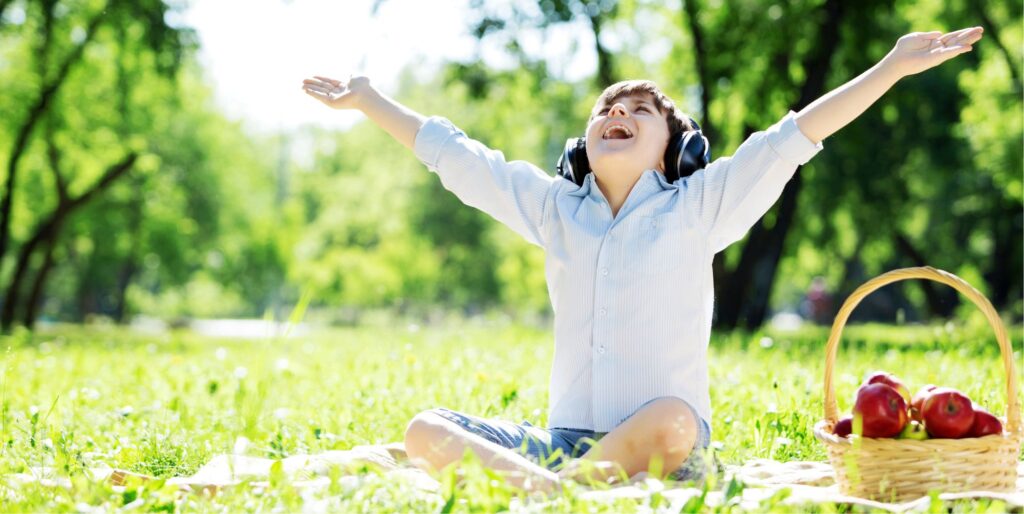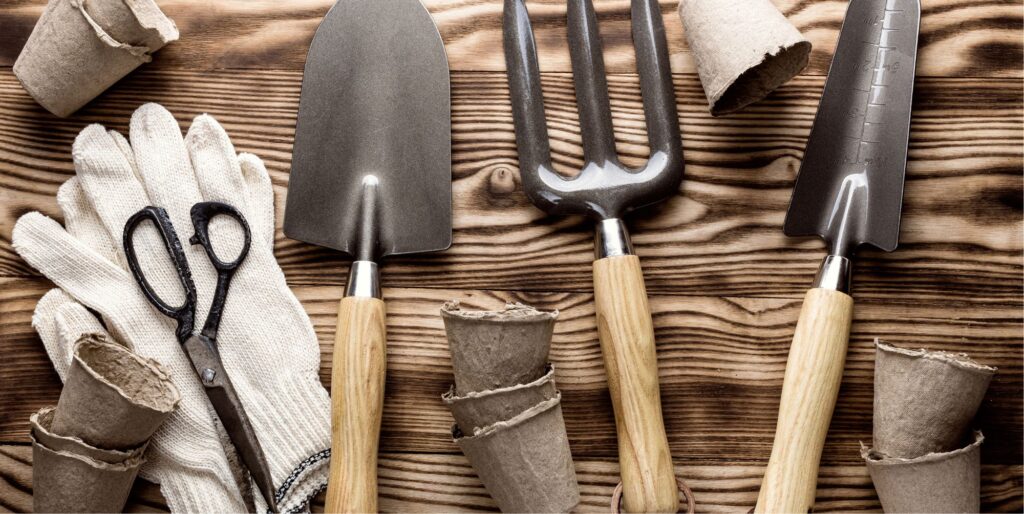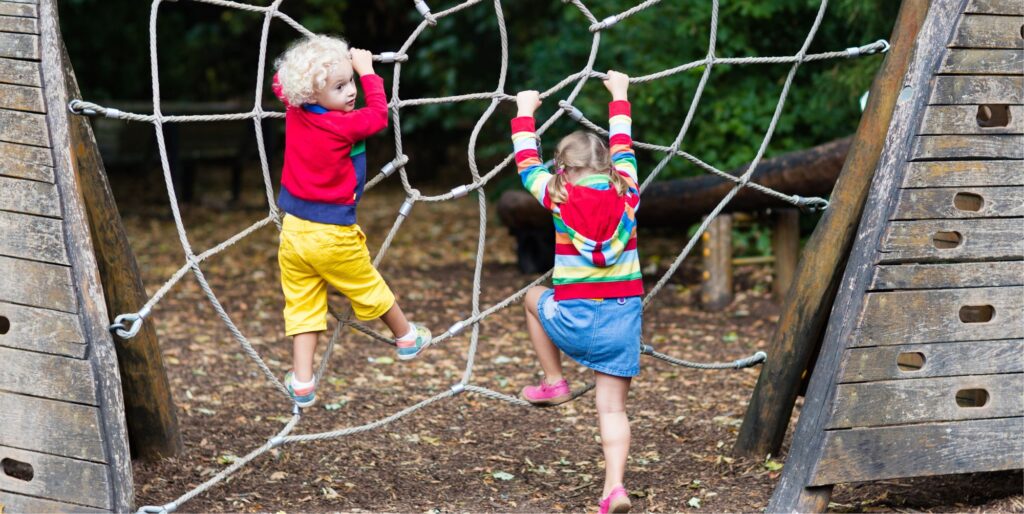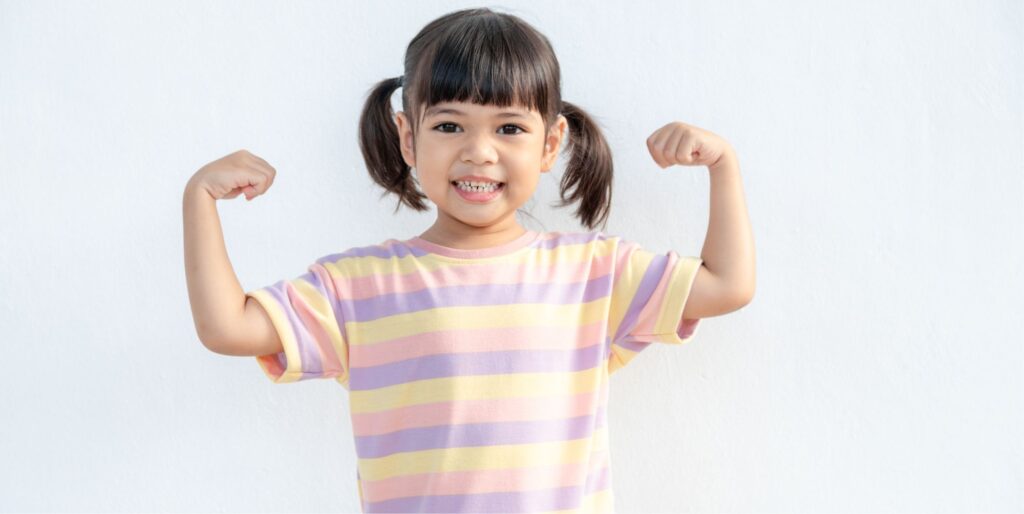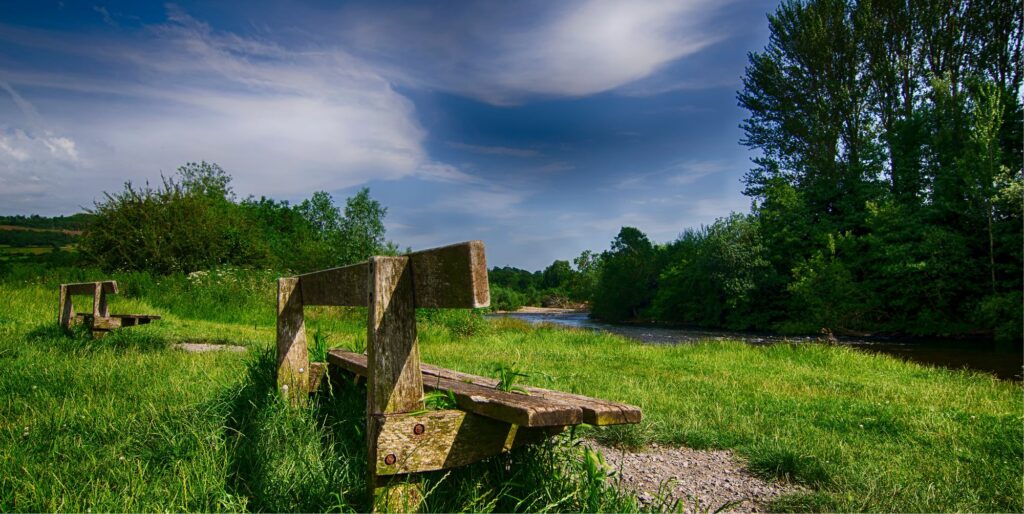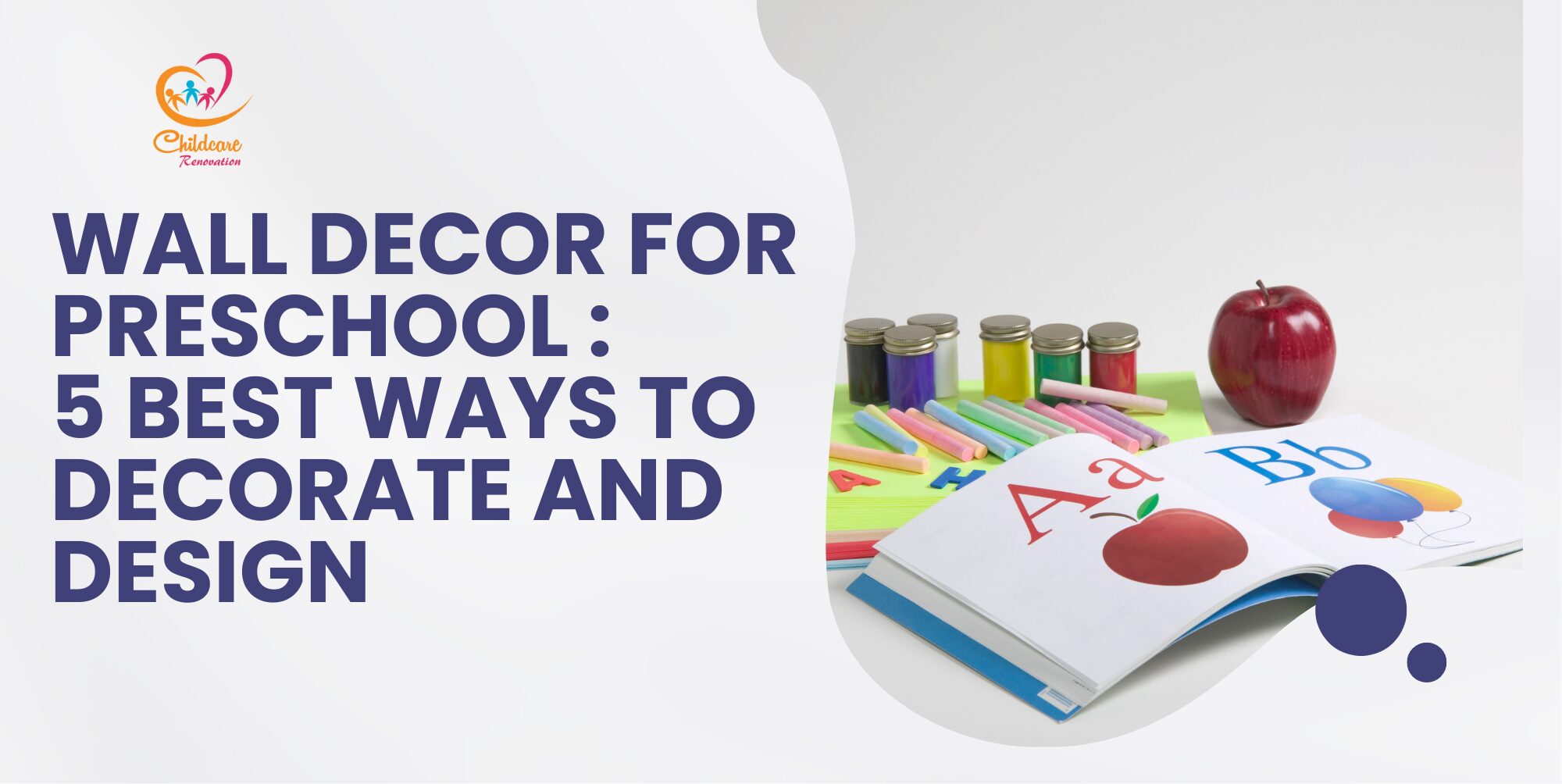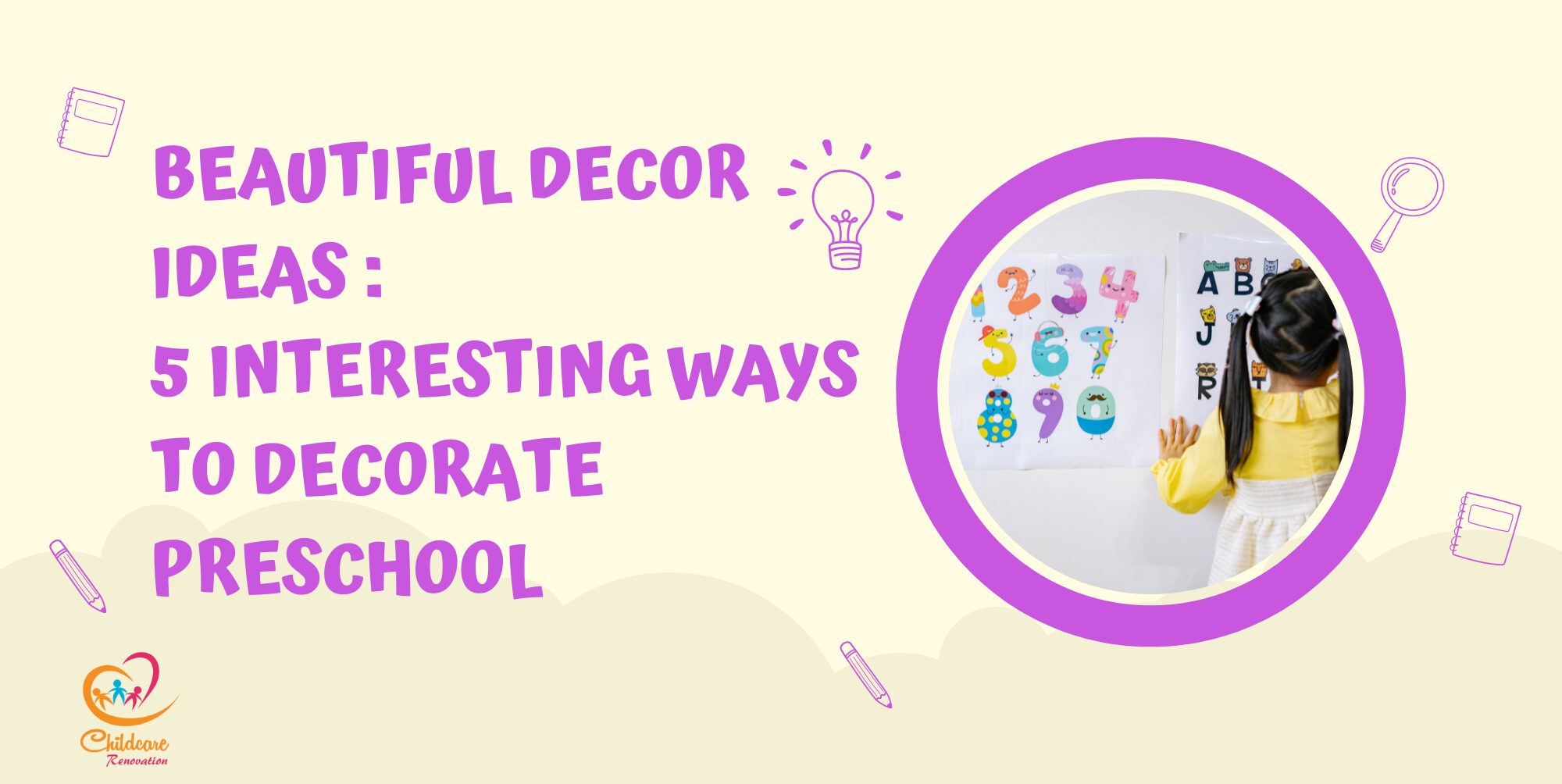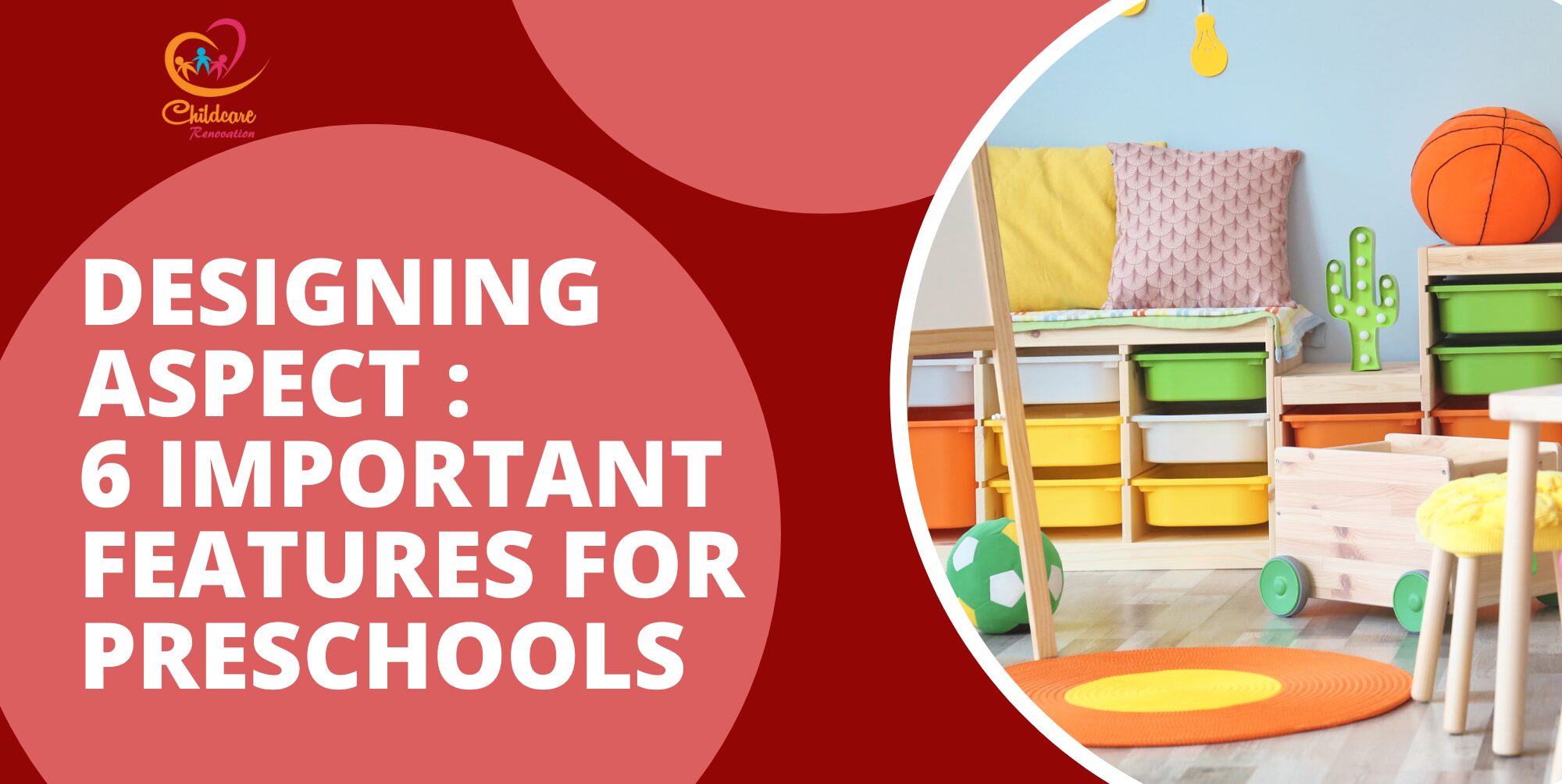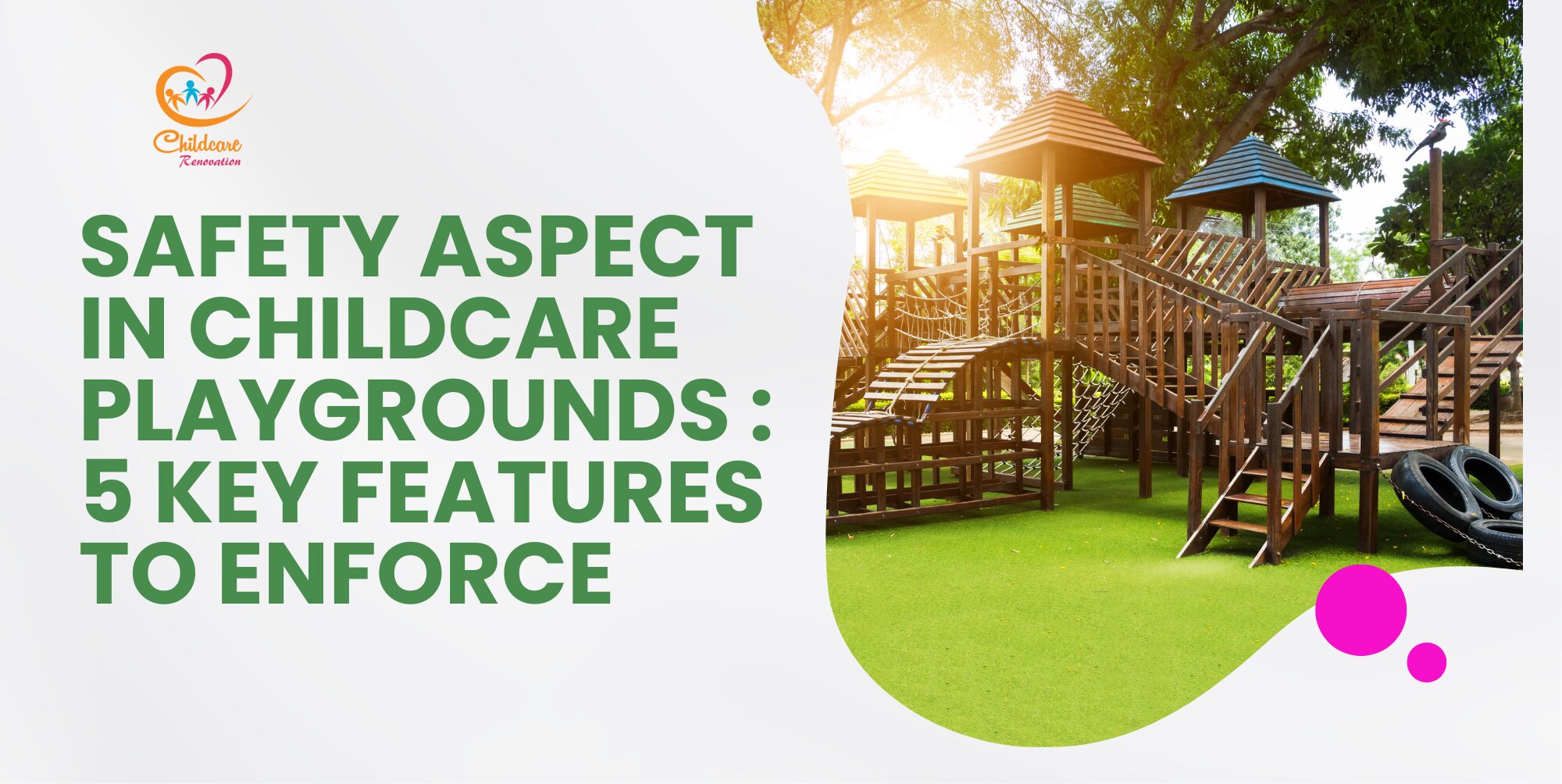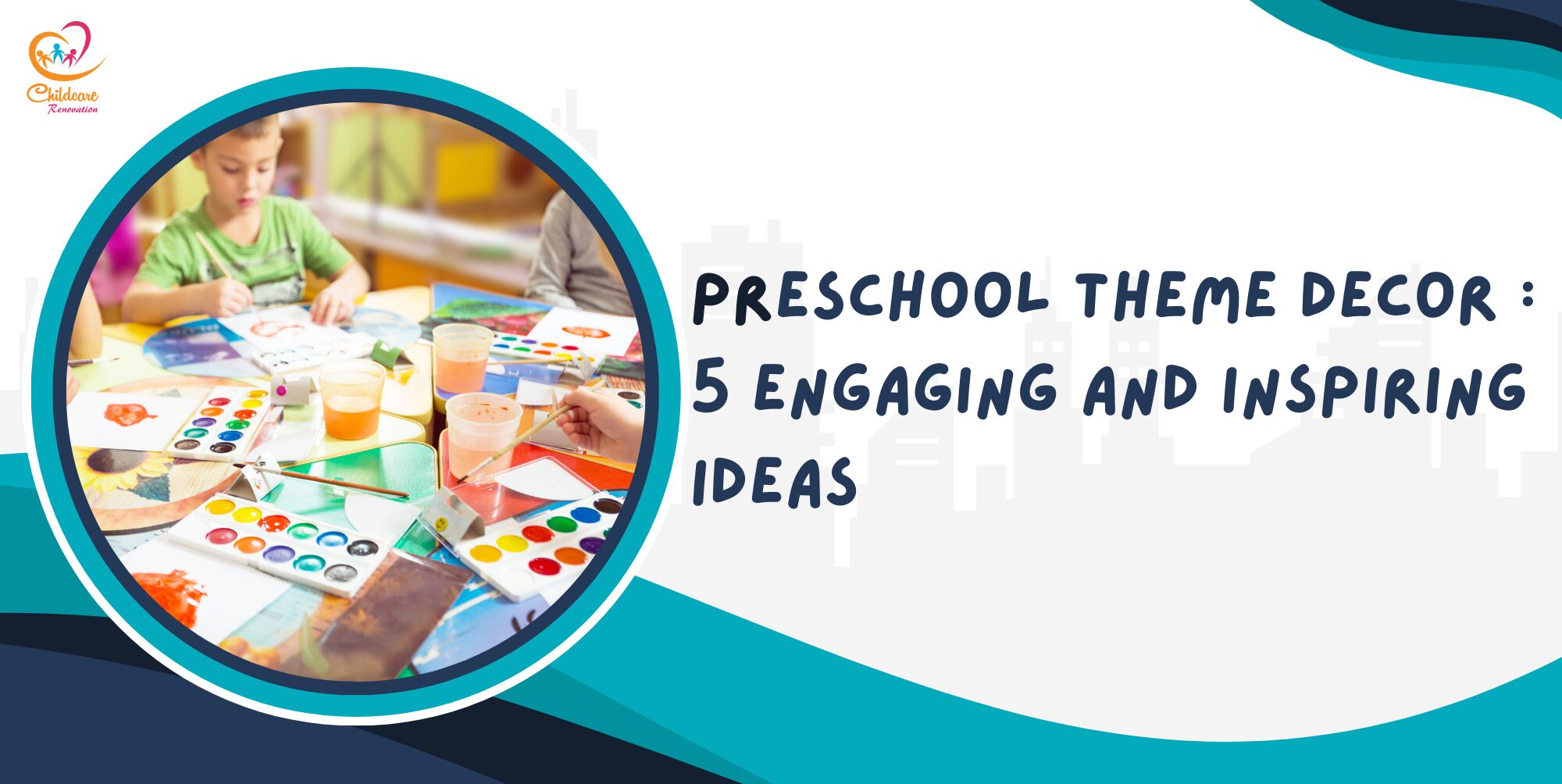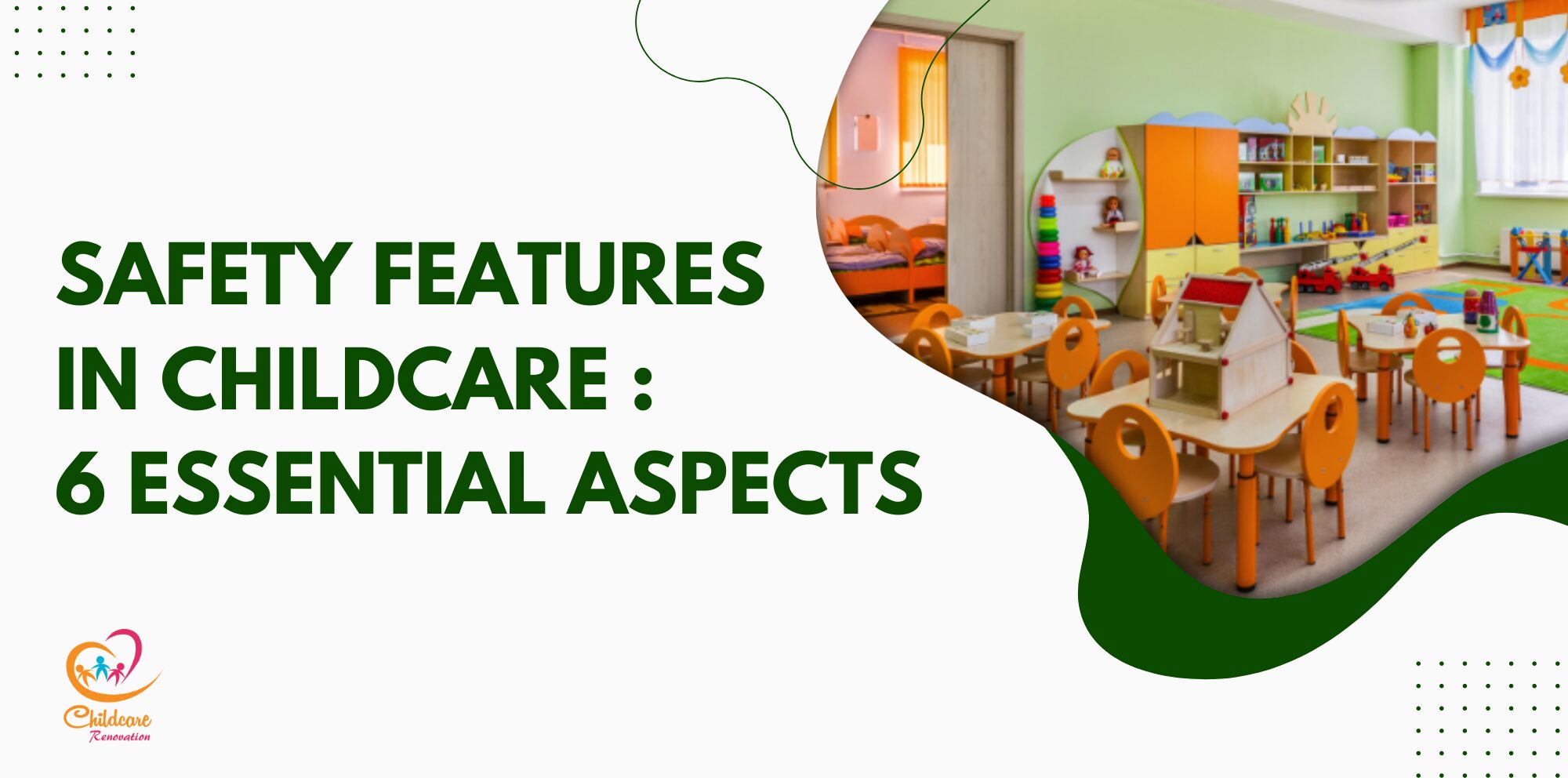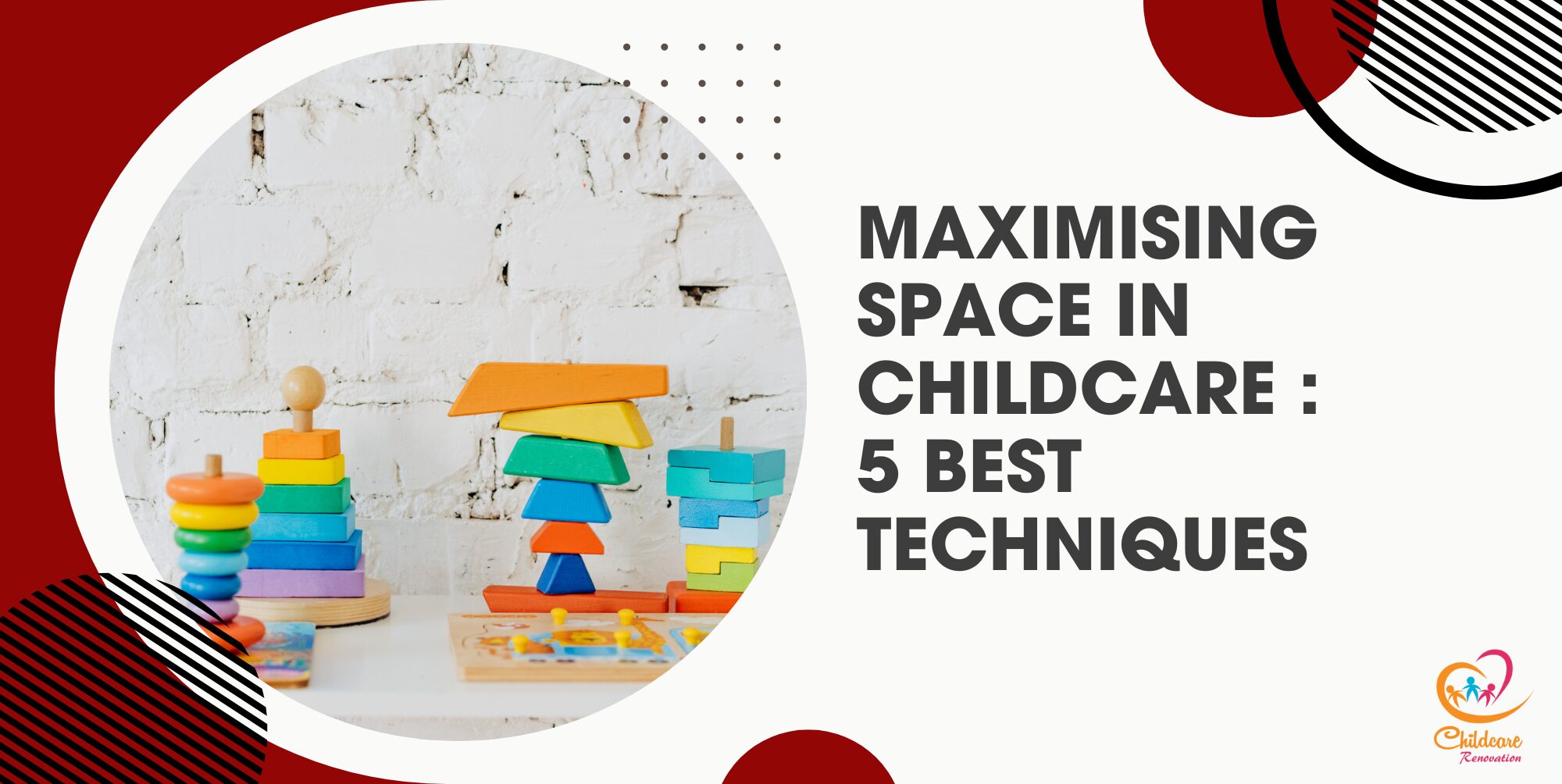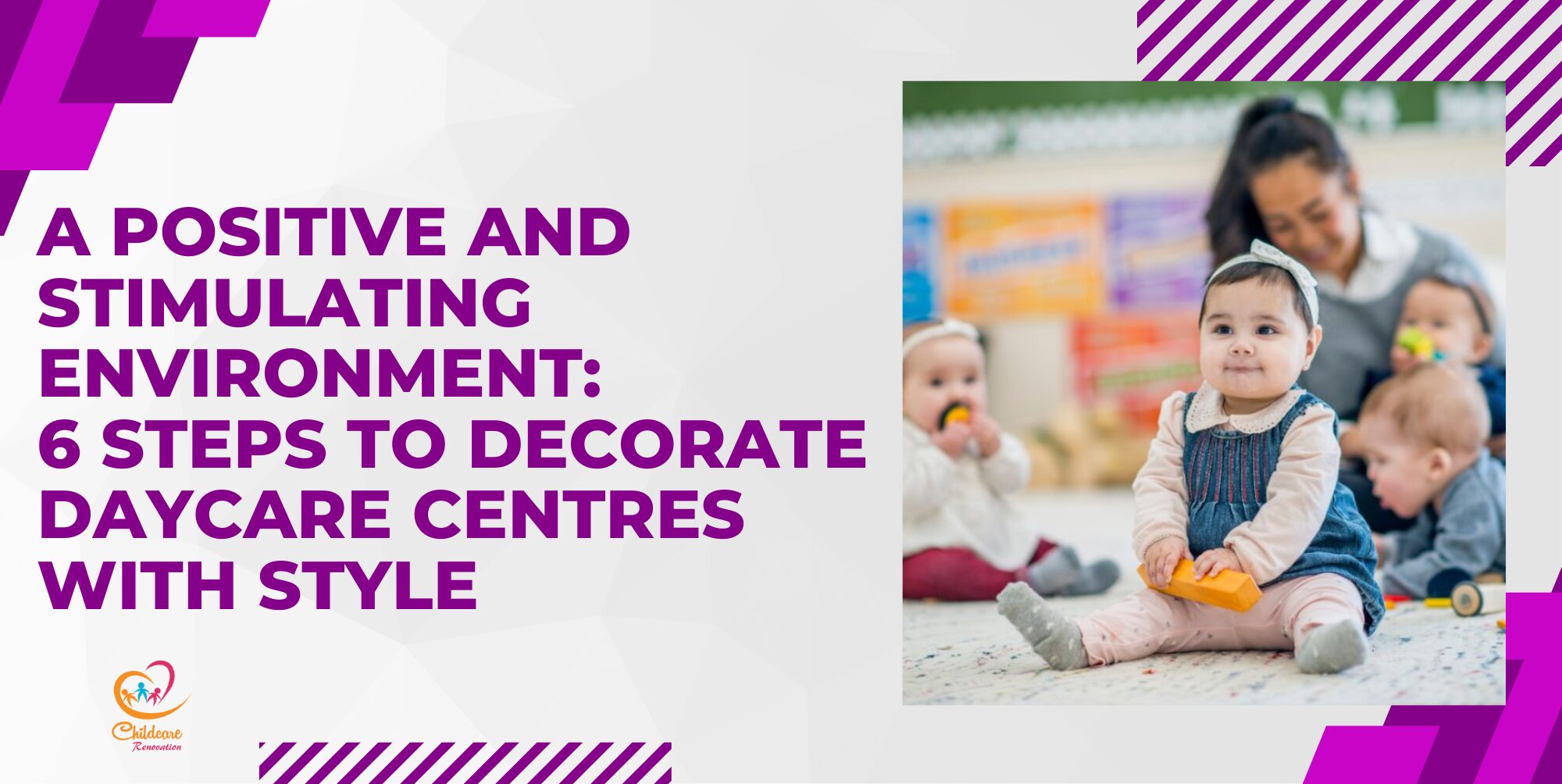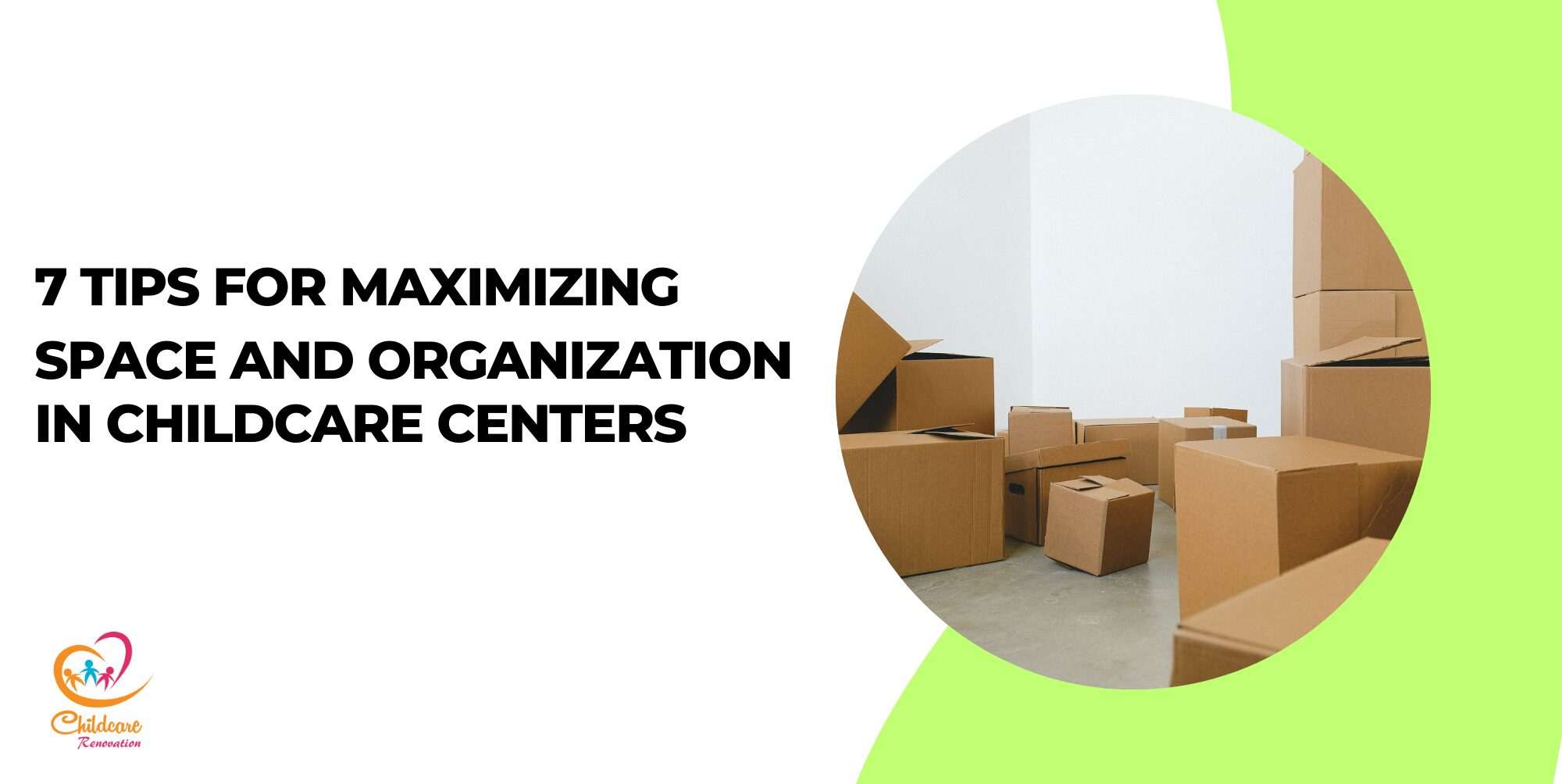If you do not want your children to spend most of their time inside the classroom in the preschool, you can create a natural play space which motivate them to spend time outdoor with nature. Being outdoor with nature allow children to learn problem solving in a creative way as they explore and discover the natural elements that they never come across. This will boost their self-confidence and develop sense of responsibility at the same time they will not feel fatigue and stress.
What can we do to provide a safe and fun natural play space for children that they are willing to spend most of their time outside almost every day, digging, creating, climbing, balancing, and quietly reflecting. Here are 5 important steps that you can consider in creating natural play space for children.
Step 1 Natural Play Space for preschool: Access to Water
As the weather warms up, it’s the perfect time to get outside and explore especially activities that involve water. Nothing beats splashing and frolicking on a hot day. Water is a natural element that put on a sensory dimension to a play space. Children can play with water all day long which made them feel cool while having fun. Its benefits can be magnified by mixing in natural materials such as sand and mud to encourage more hands-on play.
Despite the calming benefits of water, it also helps in developing children’s creativity, imagination, fine and gross motor skills, and social skills as they work together to manipulate this element, making it one of the most popular activities in preschool. Therefore, make sure to add a water source to your play space if you have such opportunity.
To get water in the play space, you can fill a bucket with a hose or bring the water outside from an inside faucet. Some of the set up that you do to bring in water to the play place include water tap, branch log, stream with river rocks. As for children, you can add plastic jugs, cups, and containers so they can carry water around the area.
Simply add a faucet to the side of your sandpit to maximize the play value of your sandpit without taking up any additional space. The logs may take up very little space whereas rock channels require significantly more space. If there are slopes in the play space, consider utilise it as water channel as it provides the natural flow of water from one place to another.
Try to find place where the surrounding is complemented with the natural play space with water as it can save your budget and the routine maintenance. Ensure the cost factor should be balanced out with the benefits the items bring.
The activities which involve water that can be done with the children include pour the water on the ground and watch the water flow down the hill or create puddles; watering plants; mix with soil, splash in it and get wet. If the children get wet or muddy outside, place an old towel by the back door to wipe off their muddy hands and feet.
Make sure the children are under full supervision of adults when they are playing with water. Despite having fun with water, it is also important to instill the children on the importance of water in our lives and how to be more resourceful on it.
Step 2 Natural Play Space for preschool: Feed the Senses
When setting up the natural play space, make sure can feed the 5 senses of the children. The 5 senses are sight, sound, touch, taste, and smell. Nature is full of opportunities to use our senses, and sometimes it is enough just to direct a child’s attention to the environment.
Colours is one of the important elements in the sense of sight within children. Try planting a variety of colourful flowers at the play space, take a nature walk to find natural objects in every colour of the rainbow, or plant a little tree in the play space to see how it grows throughout the year.
To feed the children with sense of sound, it is as easy as adding wind chimes to your outdoor space. Do you have percussion instruments such as sticks, shakers and drums? Take it outside and play at the play space together with the nature!
Give the children a chance to touch the natural elements such as water, mud, dry sand, wet sand, rough bark, smooth rocks, leaves, petals and the other possibilities such as walking barefoot, hug a tree and more.
You can consider make a small vegetable or fruit garden in the natural play space where the children can involve in the planting at the same time can have a taste on the fresh fruits and vegetables. If space of the play space is too small, you can grow simple plant in pots such as strawberries. Other than that, you can plan a picnic for the children and bring the snacks outside. Food tastes better outside anyway!
Sometime after the children getting tired from playing, you can take this opportunity to let the children slow down and use the nose to sense the smell of nature. Flowers and roses will often give a unique and fragrance scent where you play a guessing game by scent with the children.
Step 3 Natural Play Space for preschool: Outdoor Tools
Give the children with the real tools that the adults use in the garden and stay away from the cheap plastic sand toys. A real tool that actually works is the best. Let the children have a chance to grab a few hand tools like a shovel, fork, trowel, and a lightweight bucket, guide them on how the tools work and get the business started.
Digging is one of the best activities for children which encourage them to explore the nature and fulfil their curiosity. Make sure the tools are not simply thrown around the place, don’t use the tools in dangerous ways, and don’t dig in the place that shouldn’t.
If possible, let your child help with gardening. A broom with a wooden handle can be easily cut short to make it easier for small children to handle. Children want to help and feel they are contributing, so be creative and find ways to involve them in working with outdoor spaces.
Step 4 Natural Play Space for preschool: Gross Motor Opportunities
Gross motor skills are important to help children build strength and confidence in their bodies which is crucial for a healthy lifestyle. Gross motor skill development helps children to grow in the ability to do more complex skills such as navigate a new play space or play a team sports.
Think of different ways your child can take advantage of outdoor spaces. Consider adding elements that encourage different types of gross motor activity and add them where possible. Some examples of the gross motor activities are climbing, balancing, carrying, pulling and pushing.
Climbing is one of the activities that the children love. Consider use tress with low branches, fences or low walls to make into a safe climbing platform for children. Through the climbing and falling, children get to know their limits and will figure out how to overcome them but never let them climb without adult’s supervision. You can’t be a strong climber without climbing. So let them climb!
Balancing activities can improve a child’s core strength and control, reducing falls and injuries. This skills in very important specially to improve children’s skills that involve in sports and other group activities. Balancing can be carried out in natural play space via fallen logs, rocks, low retaining walls, and stepping stones.
To build the children muscle strength, consider activities which involve carrying, pulling, and pushing. These activities can be carried out using stones, tree trunks, buckets filled with soil and water, wagons or wheelbarrows. Muscle development is very important for children when their bodies are in rapid growth stage. Hence, don’t afraid to let your child carry heavy loads and help pull a wagon full of mulch.
Step 5 Natural Play Space for preschool: Quiet Spaces
Children in preschool may need quiet time at different times of the day. Full day parenting can be stressful and difficult to manage for young children. You can set up a solitary space in the natural play space that your child can use when he or she is overwhelmed, upset, or nervous. This serves as a sheltered place for children to relax, calm down and get used to resting at the same time giving them opportunity to connect with nature.
Whether it’s a small bench in a flower garden, a tree stump in the woods, or a rocking chair on your porch, providing spaces that invite quiet is an important element to creating a natural play space and one of the best ways to do that is to be still, to listen, breathe, and just be.
Being still gives children a moment to listen to the surrounding such as sound of birdsong, the rustling of leaves, buzzing of cicadas, and chattering of squirrels. Additionally, quiet space also allows children to notice the hardworking ant, the changing colour of a leaf, and the breeze in their hair.
Speak with The Experts
Planning to get started at your kindergarten but have no idea about it?
Childcare Center Renovation Singapore is a reliable company for renovation and interior design. They have about ten years of experience in this field and have a good reputation among customers.
Call us now to get your desired kindergarten design ideas now!


